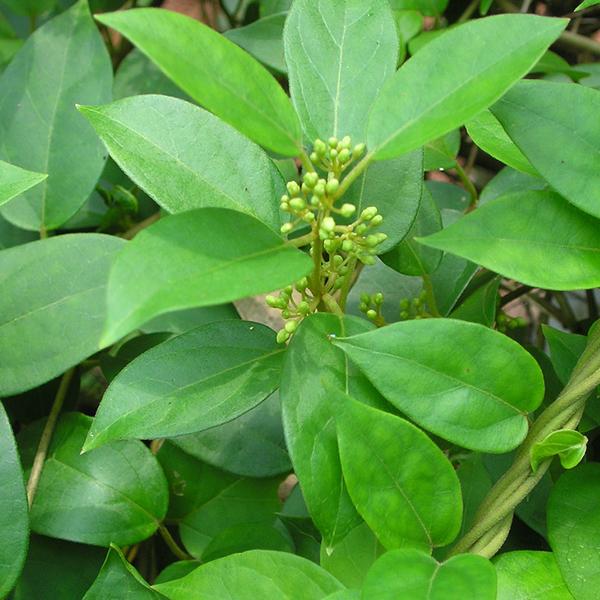Description
Sterculia foetida is a soft-wooded tree originally from East Africa and North Australia.The grey bark is smooth, spotted with brown and faintly ridged. The flowers, appearing early in February, forms at the knotty ends of the wrinkled old branchlets. The fruit consists of four to five follicles, each follicle generally containing 10-15 seeds.Plant Specifications
Plant Spread
5 inch (13 cm)
*above specification are indicative only. actual dimensions may vary by +-10%
Common Name
Java Olive, Peon, Poon Tree, Wild Indian Almond, Sterculia nut, Jangli badam
Maximum Reachable Height
Up to 100 feet
Flower Colour
Crimson-brown
Bloom Time
February
Difficulty Level
Easy to grow
Planting and careThis species should be planted in fertile, well-draining soil that is kept moist. Specimens require large amounts of space to grow properly. Apply mulch near the base to help retain soil moisture. In India, a leaf-rolling insect is a serious pest of this species.Sterculia Foetida care
Choose a warm, sheltered location when growing. The vining varieties require a support structure as some can get 15 feet tall. Natural habitat is Moist deciduous forests and in the plains along coastal areas.
Sunlight
Part shade
Watering
Medium
Soil
Well-drained soil
Temperature
18 to 32 degrees C
Fertilizer
Apply any organic fertilizer
Harvest Season
After 9 to 11 months of fruit setting.
Sterculia Foetida special feature
Fruits
Sterculia Foetida uses
Ornamental Use:
The plant is used for an ornamental purpose
Medicinal Use:
They contain an oil that is used medicinally
Culinary Use:
The seeds are edible after toasting and taste like chestnuts






Reviews
There are no reviews yet.